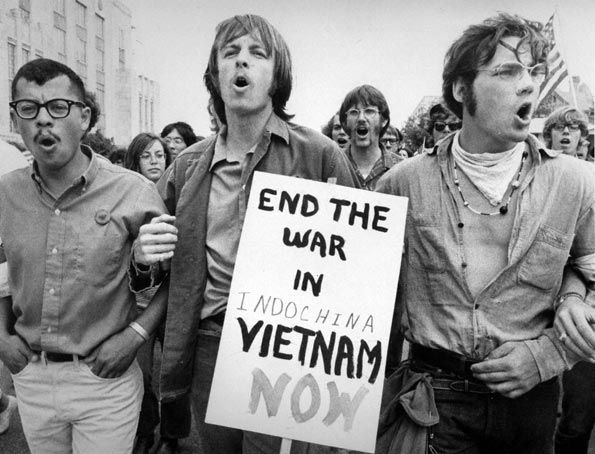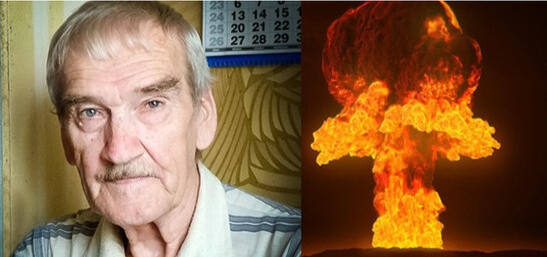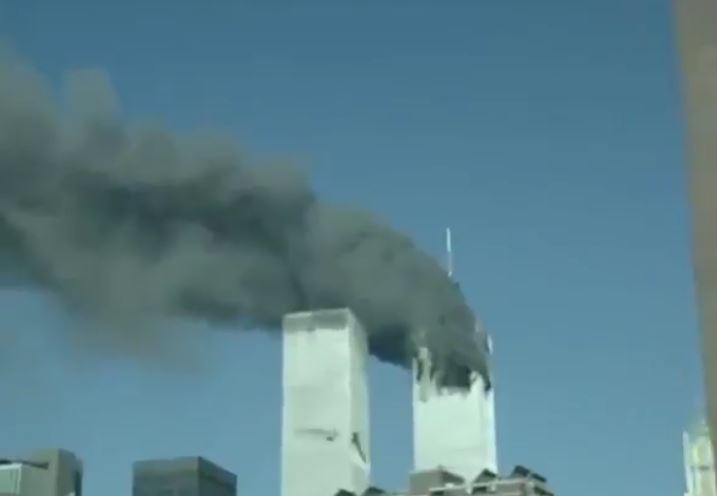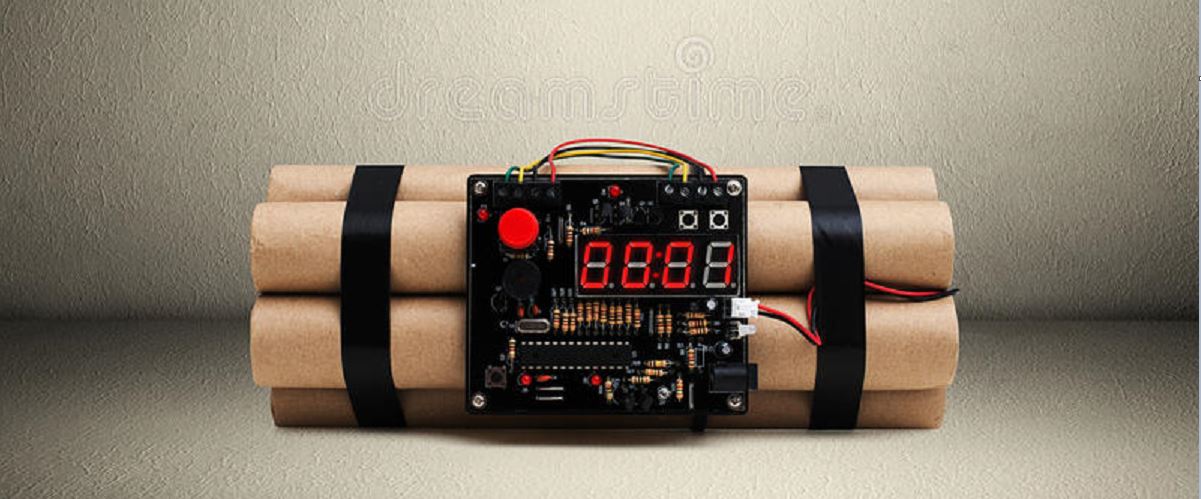Vienna 5/21/2022
I remember that in the 1960s the press and television painted horror pictures depicting the “drug revolution”. At that time, attention was diverted from the real causes of the grassroots movement of 1968-1969. The most important reason at the time was the anti-war movement – directed against the war in Vietnam. In Poland, the pacifist theme suited the ideology of the People’s Republic of Poland, but the hippie movement was mainly represented by the specter of drug addiction. The flower children movement was also directed against the widely understood conservatism. The musical revolution of that time, the main representatives of which were the Beatles, the Rolling Stones, Jimi Hendrix, Janis Joplin and many others, also contributed to the mass participation of youth in this rebellion.

The fear of drugs stays with many people forever. Of course, addiction to these drugs is a personal tragedy for each sufferer and their loved ones. But alcoholism and nicotine smoking should also be included. This widespread fear has led to a decade-long ban on the production and sale of marijuana, which is far further down the harmfulness scale than alcohol or cigarettes.
During the Cold War, fear of nuclear attack was widespread.
On September 26, 1983, Stanislav Petrov, an officer in the Soviet Air Defense Forces, received news that five nuclear missiles had been fired from the US base at the Soviet Union.

Correctly assuming it was a false alarm, Petrov did not launch a retaliatory attack, thereby avoiding a global nuclear war. He died in 2017 at the age of 77.
The collapse of the USSR was expected to be followed by an era of peace and human happiness. On the other hand, the forces that have had a lot of say – I mean a group of senior generals in the US Army – felt threatened by the loss of privilege and influence on political decisions. At that time, the idea arose to seriously strengthen another cause of fear: terror.
Terrorist attacks were already widely known. Explosions of bombs laid by the IRA, the Basque Country or the Baader Meinhof Group (RAF). Many such activities were supported by the relevant intelligence services of different countries.
In parallel with the attack on the World Trade Center, a terrorist attack was carried out using a US-made biological weapon – anthrax. The most famous attack in New York on September 11, 2001 was fabricated by parts of the US Army and the CIA high command. Do you want proof? Then show me the terrorist plane crashing into the second tower:

I extracted this image from a movie that was shot in a helicopter at the time:
It can be clearly seen that the WTC was hit by a rocket. No aircraft were added to this video using a computer. Who could have sent that rocket to downtown New York? Maybe Russia or Iran or North Korea? Nothing like that – this missile was launched by the US Army. Of course it was a secret.
What was the purpose of this? For example the war in Afghanistan. 20 years of uninterrupted service to the defense industry and US military. For example, restricting the freedom of travelers at airports. For example, controlling the movement of the population by introducing biometric elements (fingerprints) into passports. For example, the fear of terrorism that facilitates popular consent to fight dozens of bloody wars.
But don’t worry, ideas for a new fear will do. Let’s get ready for new vaccination cards.

Author of the article: Marek Wojcik
